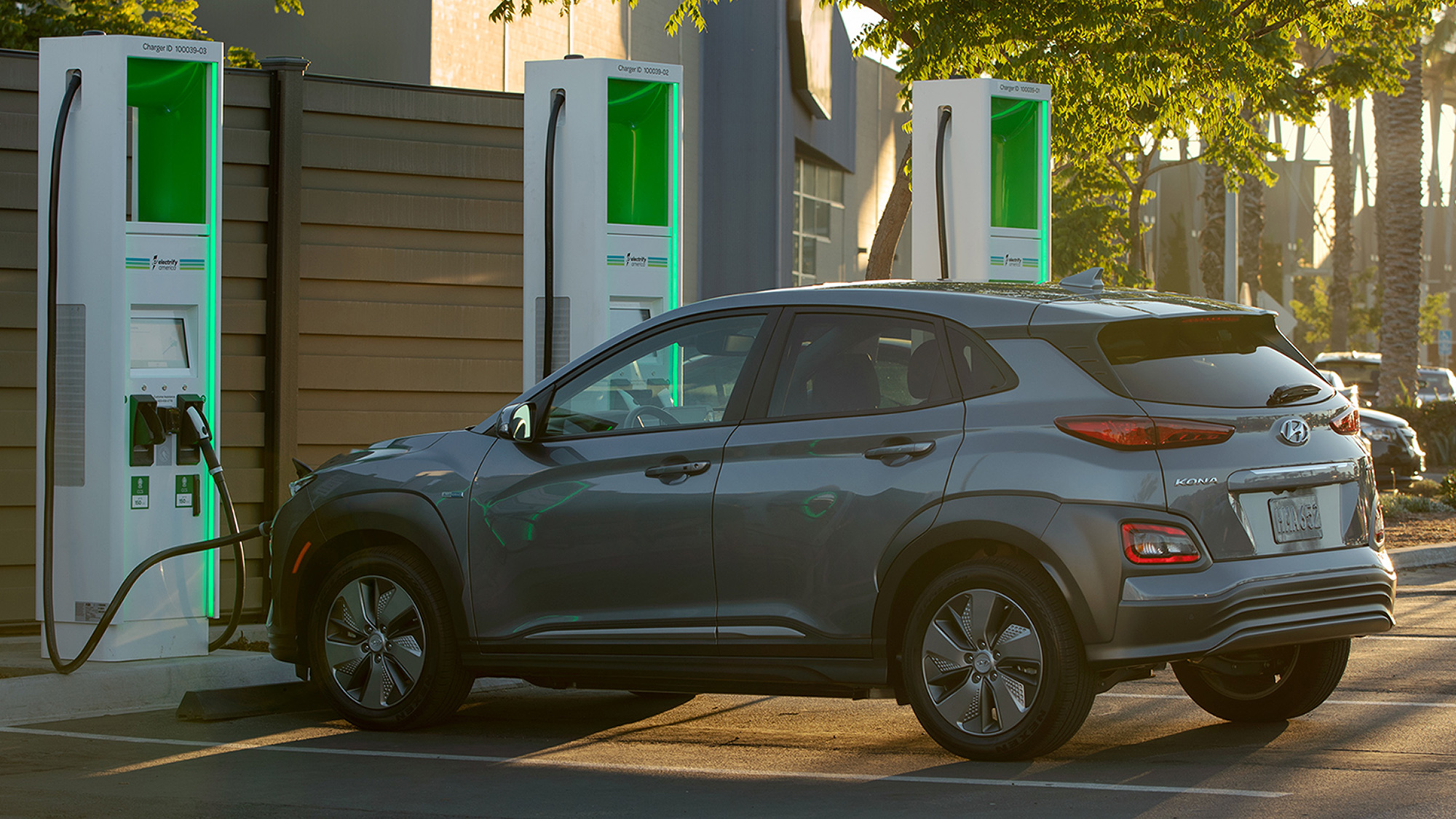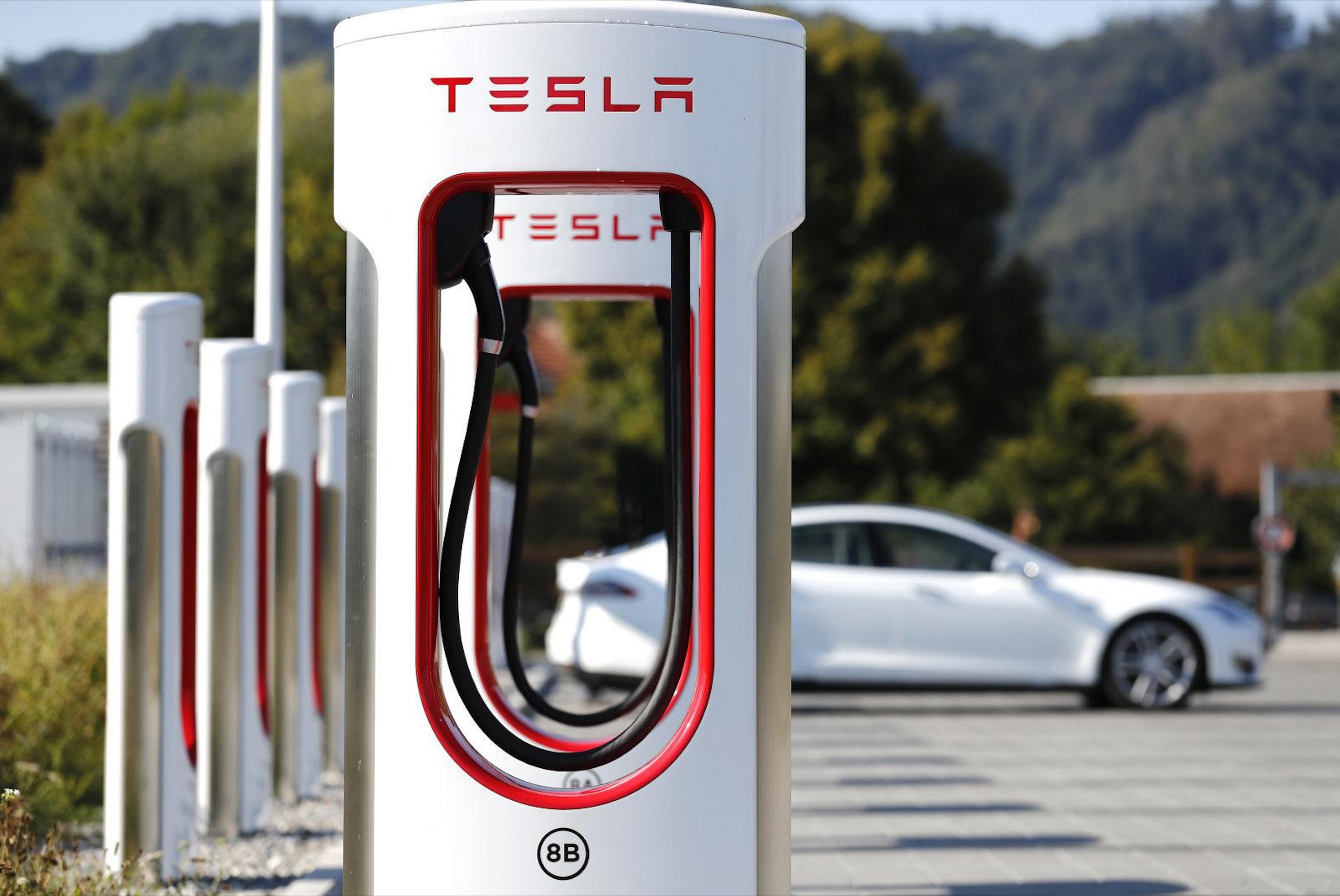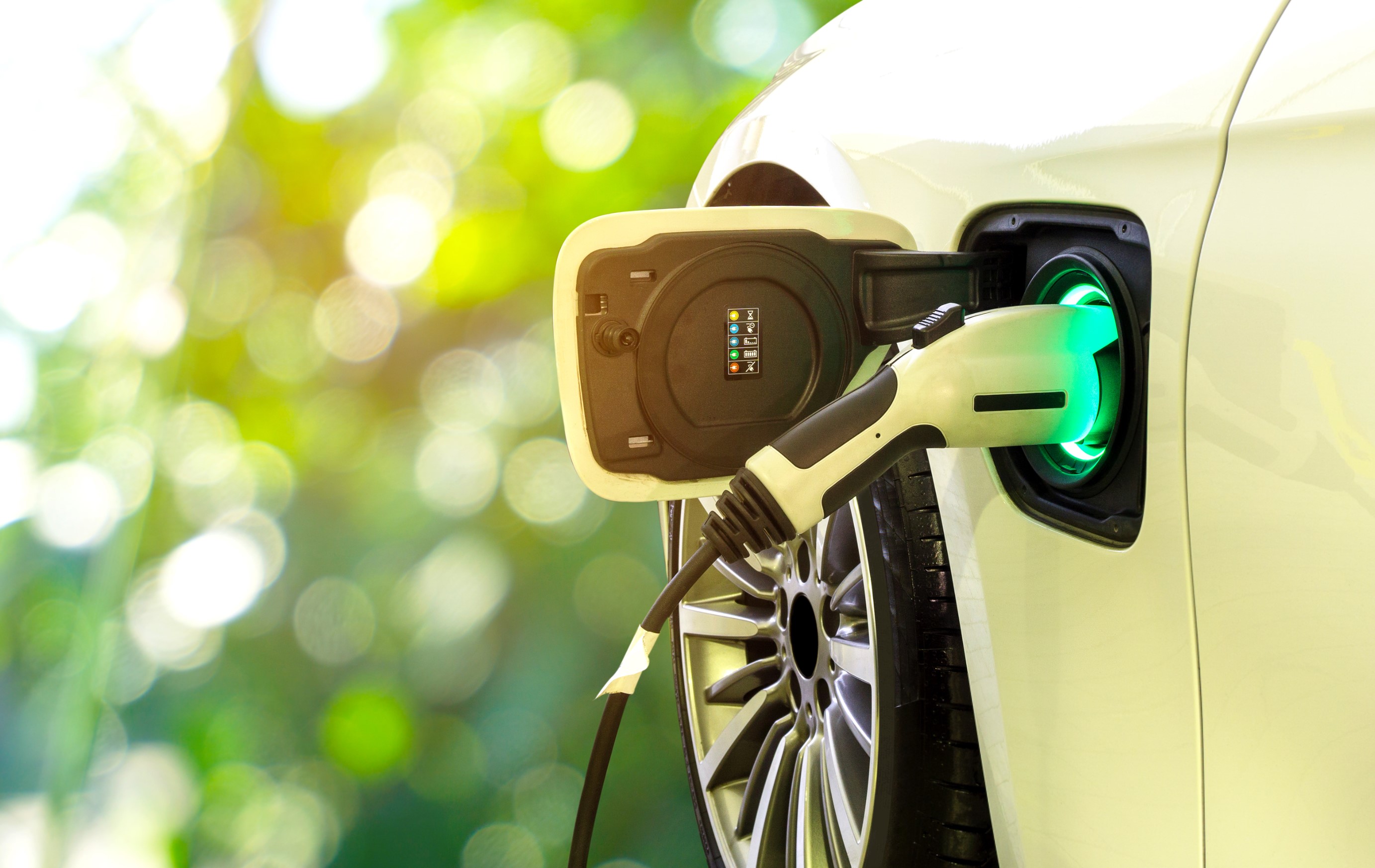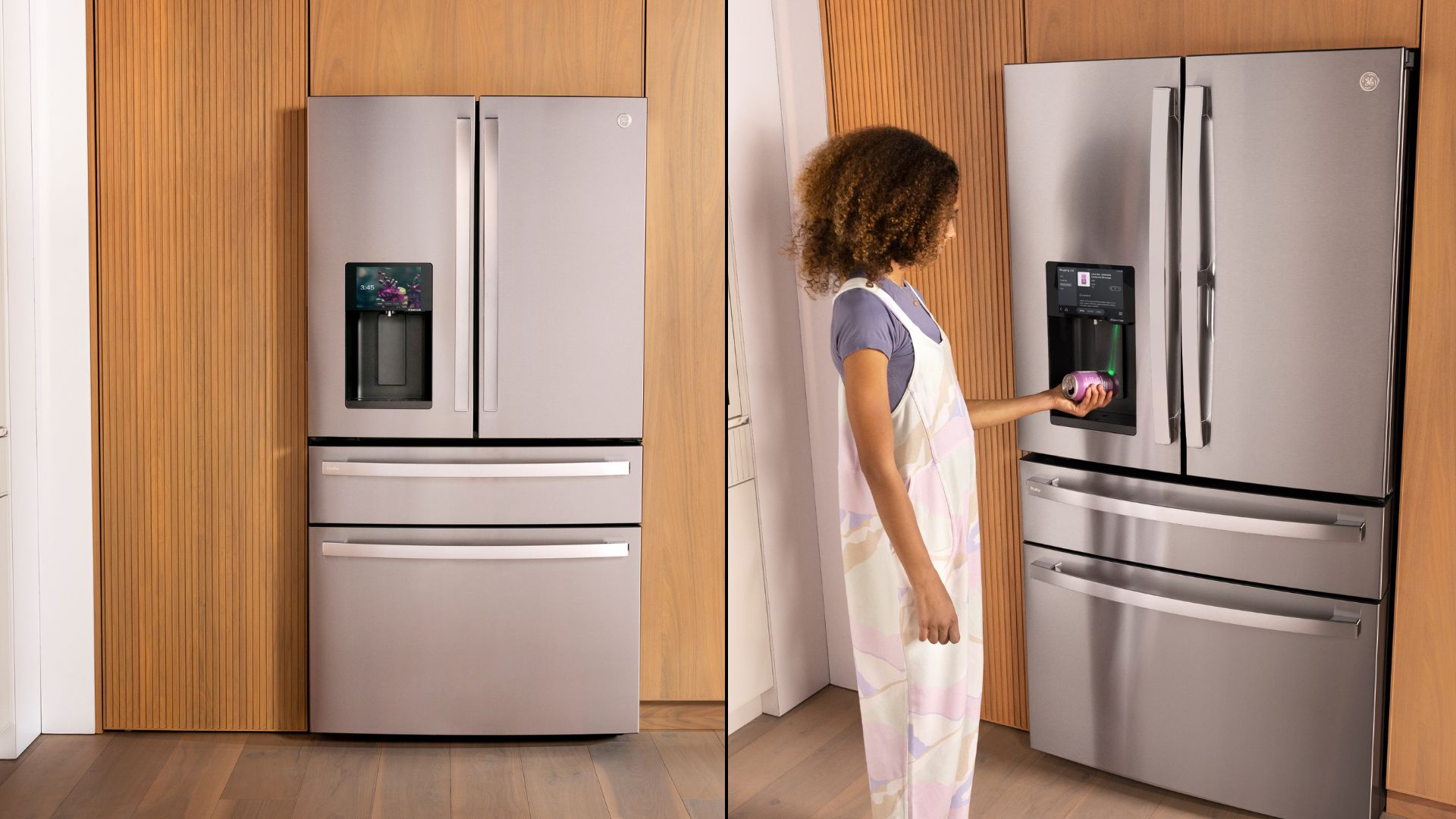Owning an EV has changed more than just my driving habits
It's not just about finding a charger.

Since switching to an electric car in February, I’ve found that it’s impacted more than just my driving habits. Previously the only thing I thought about when refuelling was how much it was going to cost, and how I could get the lowest price without going too far afield. These days that’s not the case.
Because electric cars take longer to fill up — and the fact I don’t have a charger at home — I’ve made other adjustments to my routine when I go out to account for the fact that I’ll need part of that time to recharge my vehicle.
As more of the best electric cars hit the road, simply installing chargers like they’re gas stations won’t be adequate. Rather, other types of companies will have to consider installing EV chargers to take advantage of the fact that their drivers will be stuck there for longer than a few minutes.
EV charging availability can be a deciding factor

Previously I’d do my shopping at my nearest supermarket, because it was within walking distance. These days I’m more inclined to get out and drive a good 10-15 minutes to the supermarket across town — all because they have free EV chargers.
Those chargers are also pretty close to the entrance. The only people able to park any closer are the ones using handicapped parking spaces.
More recently I had to decide where I would go and watch Spider-Man: No Way Home. There are two theaters within fairly close proximity to my house, each pretty different. One is more luxurious and offers free parking, but costs more. The other is a very basic theater, inside a complex that makes you pay for parking, but also offers free EV charging.
My car would be sitting in a parking lot doing nothing no matter what I picked, so I figured it might as well be doing something useful during the movie’s two and a half hour runtime. It also helps that the cost of parking is actually less than the price of a regular recharge session nearer home.
Get instant access to breaking news, the hottest reviews, great deals and helpful tips.
In both these cases, it’s all down to the fact that the chargers are in a useful location. I always have to buy food, and I definitely wouldn’t miss seeing Spider-Man as soon as I can. The presence of a free EV charger just changed where I did those things.
I say this because I recently saw a story about Electrify America partnering with Westfield mall chain to resurrect the drive-in as an EV charging hub. The idea is that you order food from one of the mall’s many restaurants, and wait for the food to be brought directly to you. All while your car’s battery is pulling in power.
Electrify America says the first location will be the Westfield Valley Fair mall in Santa Clara, California. There will be 14 rapid charging stations offering 150-350 kW charging speeds, and an array of solar panels to generate power and offer some cover from the elements.
If all goes well, these drive-ins will be installed at 17 Westfield locations in seven different states by the end of 2022.
In the same way that I switched supermarkets to take advantage of free charging, a situation like this could change the way some people eat out. Parking up and charging while you wait, even if it’s not a full recharge, is infinitely more appealing than sitting in a crowded drive thru.
It’s definitely better than finding a place to park so you can pick up a to-go order from a normal restaurant, even if eating in your car isn’t quite as appealing as sitting at a table with plates and silverware.
Some EV chargers are in very random places, and that needs to stop

Gas stations are, in general, pretty easy to find. More to the point, they are designed to be easy to drive into for obvious reasons. While there are plenty of people who’ve been driving EVs longer than I have, finding where to charge my electric car has led me to chargers located in some truly bizarre spots.
One that sticks out is the charger right in the middle of a deserted industrial park, quite some distance from the nearest main road. A couple of lonely chargers beyond most peoples’ notice, and charging anyone who plugs in a considerable amount of money. £0.45 ($0.59) per kWh of electricity, to be precise.
If you’re used to paying for gas, that may not sound like a lot. And you’d be correct, considering the gas station nearest my house charges £1.40 ($1.85) for every liter of fuel — which is fairly cheap for this area. But 45p for a single unit of electricity is a lot more than the nearby rapid chargers, which charge £0.30 to £0.35 ($0.40 to $0.46) depending on the one you go to.
In other words this lonely EV charger sitting well off the beaten path is a perfect example of how not to install charging infrastructure. The charger still worked, which I can be pretty grateful for, but it was anything but convenient.
One of the major challenges EV adoption faces, aside from range anxiety, is convincing people that charging isn’t an issue. Installing chargers where people can’t find them isn’t going to help change those attitudes.
Bring chargers to the people, not the other way round

One day we may be able to recharge an EV battery in the same time it currently takes to fill a gas tank. But right now recharging takes time, which means we can’t rely on the same ‘pull up and fill up’ model employed by gas stations. Because the last thing anyone wants is to sit around for 45 minutes in a deserted highway rest stop waiting for a car to fully recharge in the middle of a long (and important) trip.
So if we’re going to have to change the way things are done anyway, we might as well make it better for everyone involved.
I’ve previously argued that simply installing more EV chargers isn’t enough, and charging infrastructure also needs to be better. Part of that may be improving the hardware, but it’s also just as important that EV charging is more convenient.
You need to bring the chargers to the people, rather than expect people to come to the chargers, and the best way to do that is to install more chargers where people like to go. The kind of places where people are going to park up and spend time anyway, with EV charging as an added bonus.
Even if you primarily recharge at home, as most EV owners currently do, there are still times where you’ll want to recharge when you’re out in the world. Even if it is only a trickle of power, rather than a full recharge.
Even if it’s only a trickle of power, rather than a full recharge, that’s enough to change my personal habits, and I’d wager that I’m not the only one. More importantly, having those chargers in a spot where non-EV drivers can see them could help convert some of them, too.

Tom is the Tom's Guide's UK Phones Editor, tackling the latest smartphone news and vocally expressing his opinions about upcoming features or changes. It's long way from his days as editor of Gizmodo UK, when pretty much everything was on the table. He’s usually found trying to squeeze another giant Lego set onto the shelf, draining very large cups of coffee, or complaining about how terrible his Smart TV is.
